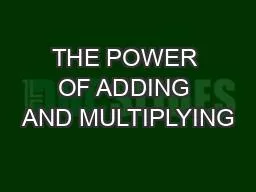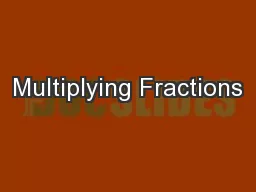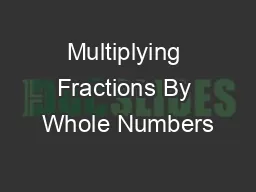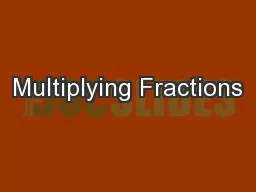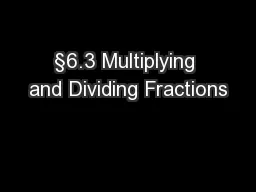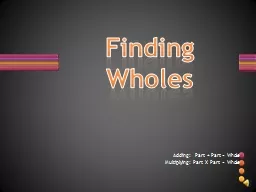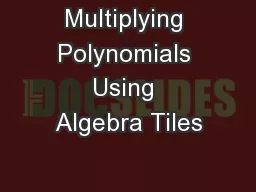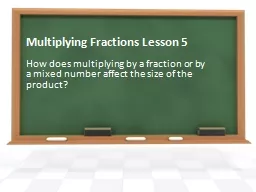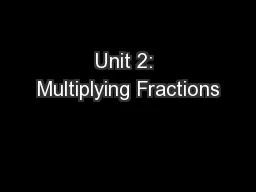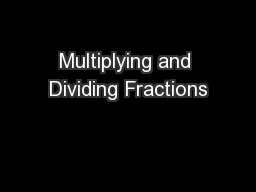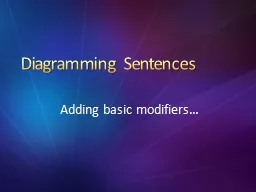PPT-THE POWER OF ADDING AND MULTIPLYING
Author : phoenixbristle | Published Date : 2020-07-02
Conceptually the idea of area is simply the product of two linear dimensions The notion of Riemann Sum is then an extension of this idea to more general situations
Presentation Embed Code
Download Presentation
Download Presentation The PPT/PDF document "THE POWER OF ADDING AND MULTIPLYING" is the property of its rightful owner. Permission is granted to download and print the materials on this website for personal, non-commercial use only, and to display it on your personal computer provided you do not modify the materials and that you retain all copyright notices contained in the materials. By downloading content from our website, you accept the terms of this agreement.
THE POWER OF ADDING AND MULTIPLYING: Transcript
Download Rules Of Document
"THE POWER OF ADDING AND MULTIPLYING"The content belongs to its owner. You may download and print it for personal use, without modification, and keep all copyright notices. By downloading, you agree to these terms.
Related Documents

